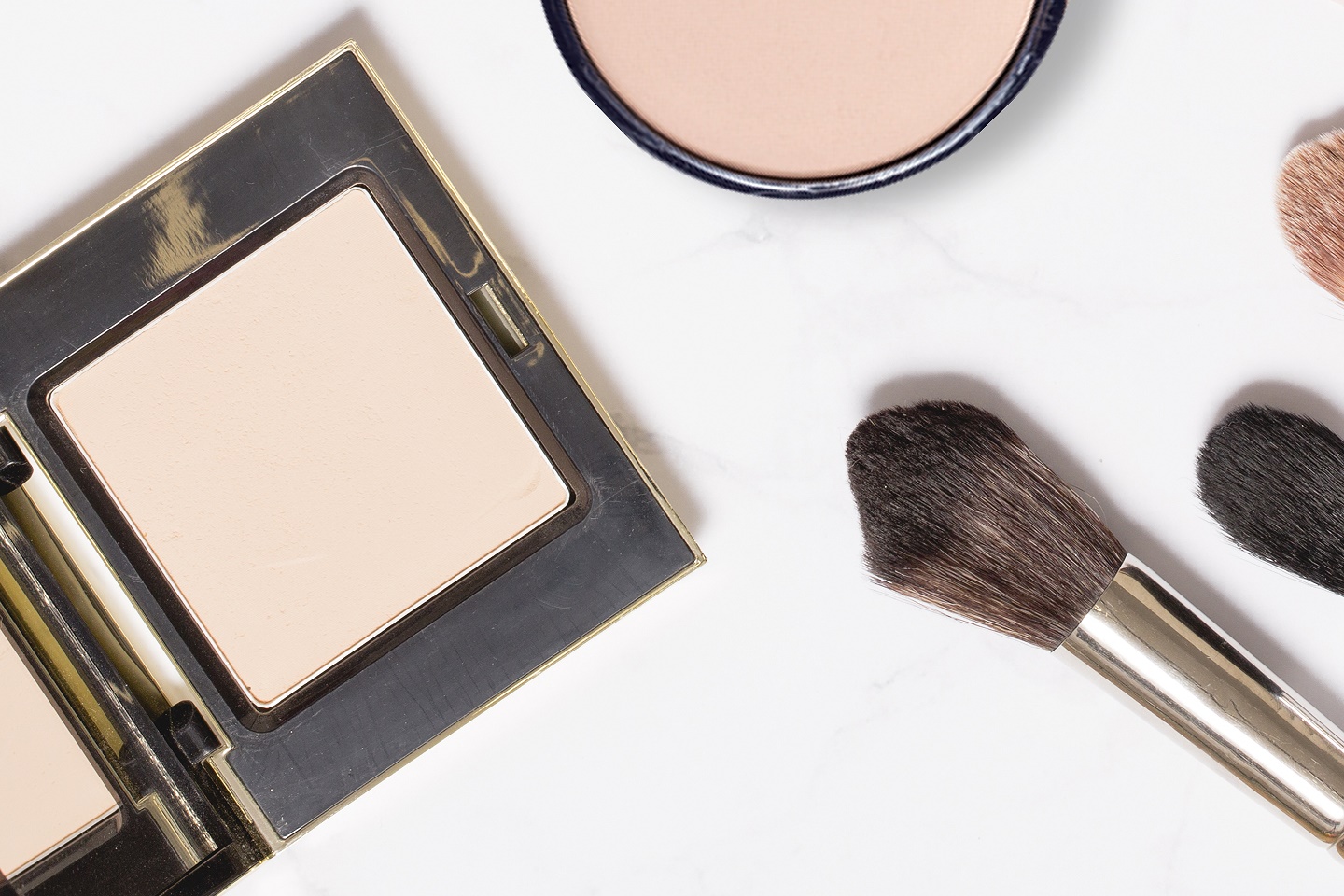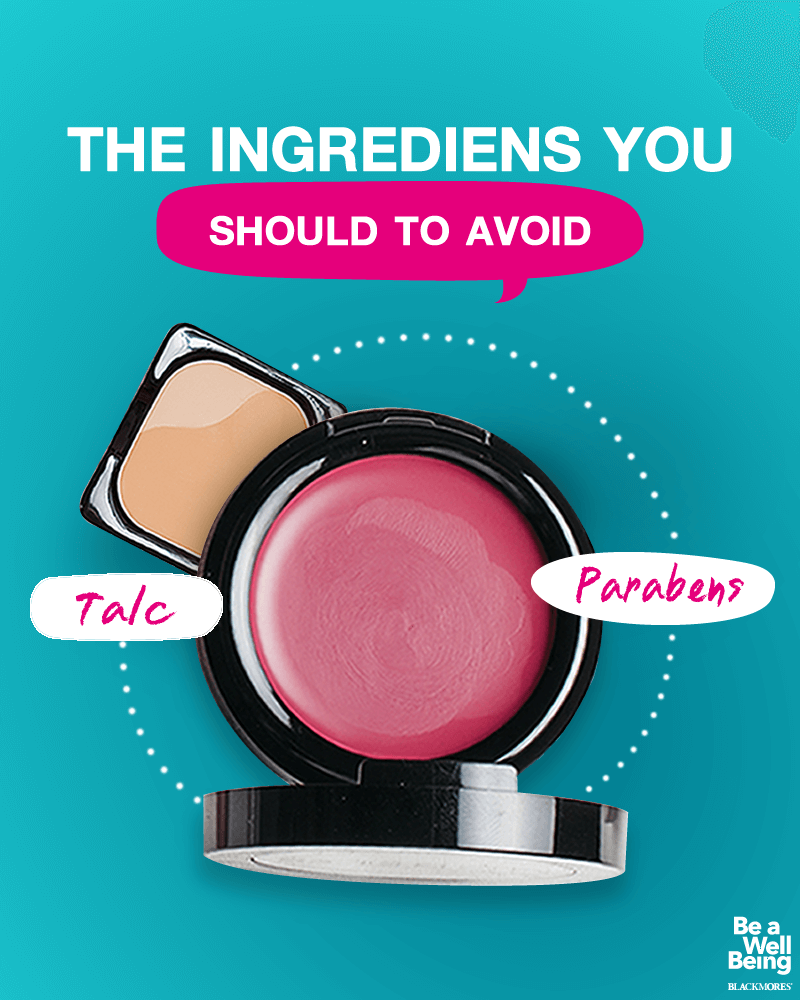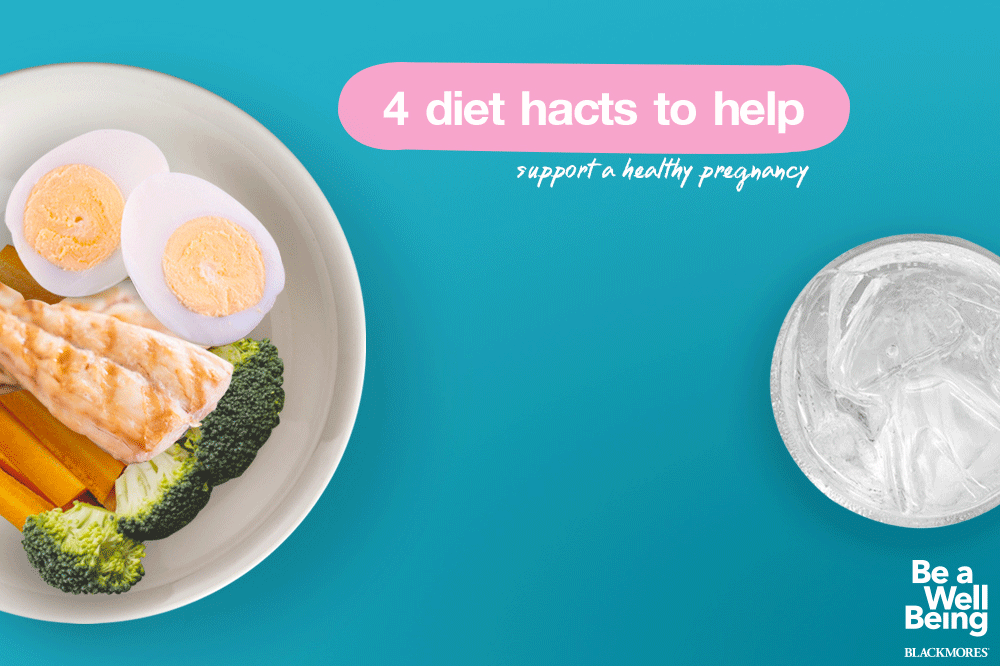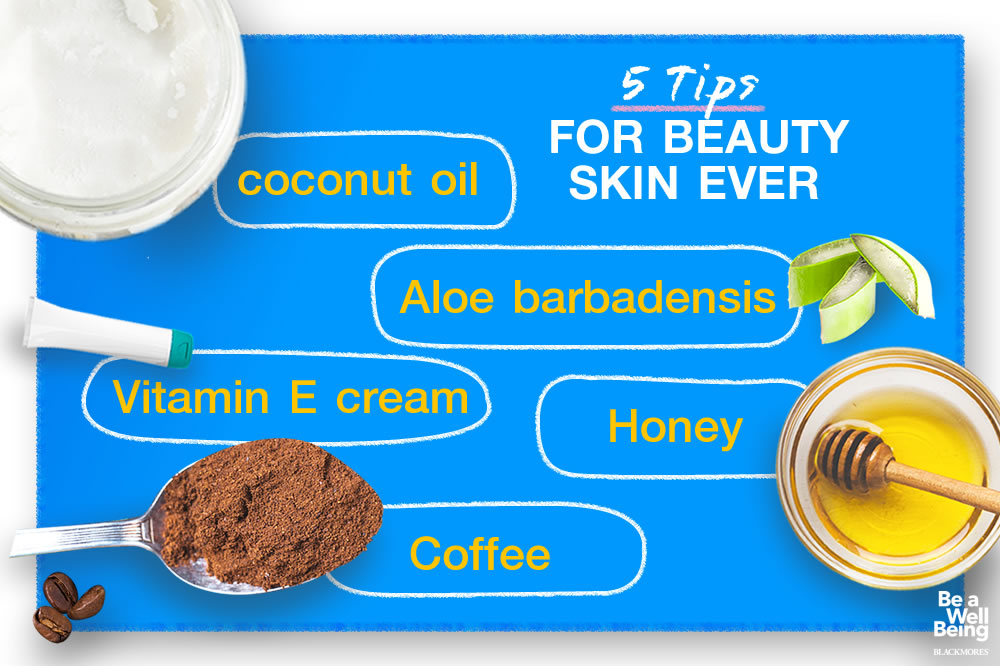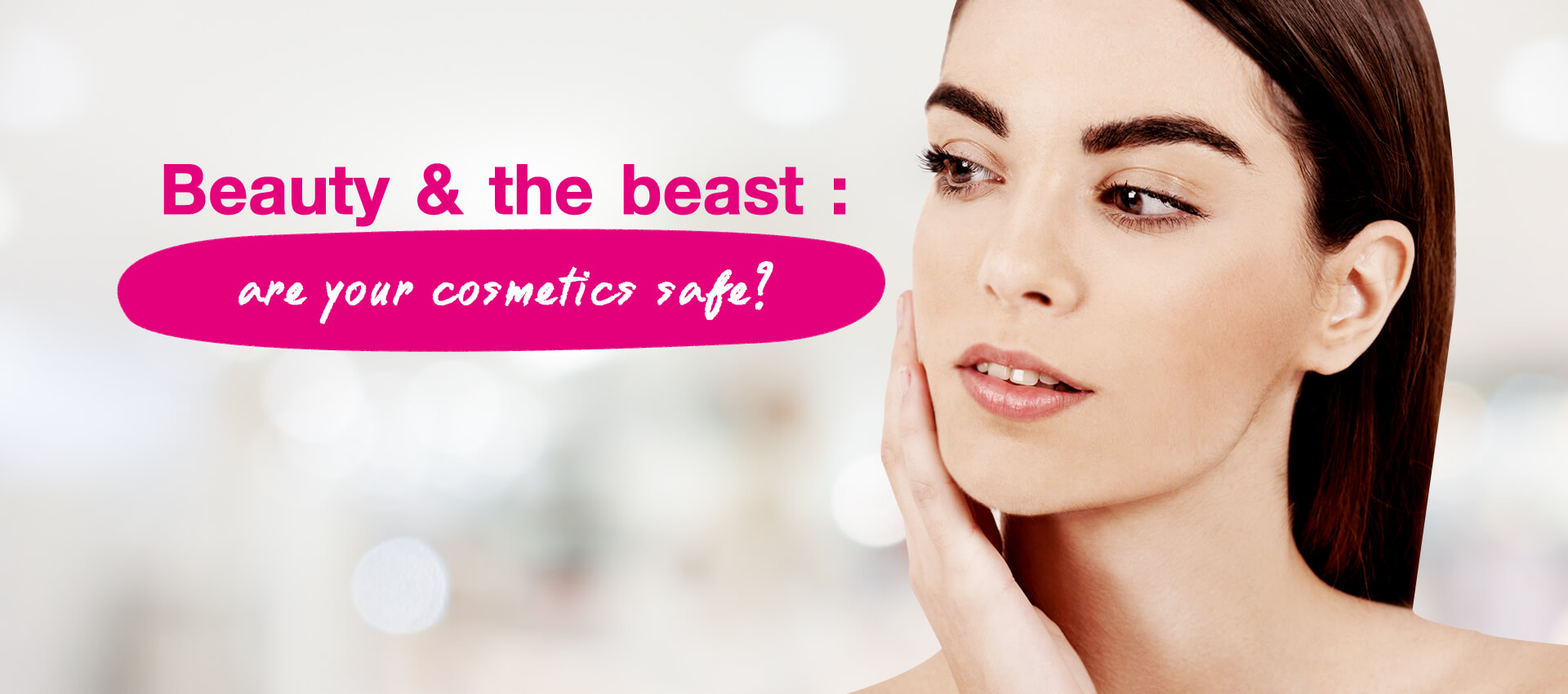Naturopath Siobhan Jordan enters the mystical world of make-up – filled with intrigue, myth and more than a little marketing spin to try and help us make beautiful and healthy choices at the cosmetics counter.
Skincare and make-up – it seems like the last frontier in the battle to go organic or least to choose more natural products. While many of us have been busy eating organic chooks and sipping organic lattes, we've often continued to plaster our faces with products sporting ingredient lists an industrial chemist would struggle to explain.
So, should we sacrifice a little vanity in the name of health? And is there even a need to be concerned with what we put on our skin? Well, given that the skin is highly permeable, the answer is yes.
Ingredients within cosmetics are absorbed through the skin and due to some products such as facial make-up being on the skin for long periods of time, there is the potential for some ingredients to penetrate the skin in significant amounts.
One study cited by the US Cancer Prevention Coalition (CPC) showed that 13 per cent of the cosmetic preservative butylate hydroxytoluene (BHT) and 49 per cent of the carcinogenic pesticide DDT (which may be present in cosmetics containing lanolin) was absorbed through the skin.
Another example is lipstick. Although estimates vary, the average Western woman is believed to consume between 3 and 4.5kg of lipstick over her lifetime, and with ingredients that may include potential carcinogens such as coal tar dyes and butylated hydroxyanisole (BHA), it makes sense to choose your next lippy not just on colour but also ingredients.
Ingredients to avoid
According to international agencies such as the US-based Environmental Working Group and the Campaign for Safe Cosmetics (as well as Australian experts Kevin Farrow, natural health industry expert and author of ‘Skin Deep', and Sharon McGlinchey, organic skincare specialist and founder of MV Organic Skincare), ingredients to watch out for include:
Parabens: These are used as preserving agents in cosmetics. Previously thought of as innocuous there is growing concern that they may be endocrine (hormonal) disrupters.
Petrochemicals and petrochemical by-products: These include mineral oils (derived from crude petrol). As well as being eye and skin irritants for some, according to the International Agency for Research into Cancer in Geneva mineral oils may be carcinogenic.
Talc: Another contentious ingredient, according to the CPC, cosmetic-grade talc may be linked to serious disease. However, Living Nature, the pioneering New Zealand company that focuses on producing more natural skincare and make-up products, say the talc they use is the purest available, sterilised and certified asbestos free. They state that any powder, for example talc, rice or corn can be a problem for the lungs if inhaled in its dried form, though once bound to oils, such as a cosmetic product, this is no longer an issue.
